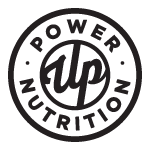When Canada finally revamped their outdated Food Pyramid and put out the new Canada’s Food Guide earlier this week, the absence of milk products as a food group created quite the stir. Knowing that an estimated 65% of us are lactose intolerant, this shouldn’t come as a huge shock. While dairy hasn’t completely disappeared from the food guide— if you look closely, you can still see low-fat dairy in the protein food recommendation—it just seems as if we are no longer in bed with the dairy industry. Not that this will stop me altogether from eating ice cream.
Aside from the new look and the smaller emphasis on dairy—and animal protein in general, however I may feel about this— what I personally like about the new food guide is the fact that it is far less prescriptive and more about health and quality of life. Much of the advice in the food guide is the same advice that I give. Fill half your plate with vegetables and fruits, drink more water, moderate your alcohol intake, reduce the amount of processed food you eat. Do we really need to be told all of this? Well, from my experience, we actually do.
What we eat influences our health. “In Canada, dietary risks are one of the three leading risk factors for disease burden, as measured by death and disability combined. Tobacco use and high body mass index (BMI) are the other two. Chronic diseases impacted by diet—namely heart disease, stroke, colorectal cancer, diabetes, and breast cancer— are among the leading causes of premature death in Canada.”
Getting out the right information can have a huge impact on the health of our country. This could be the turning point in changing our food environment. The foods and beverages available in homes, grocery stores, and restaurants has a big impact on what and how we eat and drink.
One thing we certainly can control is what we do at home. Canadians spend, on average, 30% of their food budget on restaurants and meals eaten outside of the house. Bringing meals and meal preparation back into homes is good for our health and for our wallets. This ties into another recent addition to the food guide that I love, which is the emphasis on Food Skills. A lot of people come to me with little to no experience cooking their own meals and with no idea of where to start. I was lucky to learn a lot of skills at home, and I quickly realized that this was going to become my niche as a coach, helping others develop these skills. A person with good food skills has the information, abilities, and practices to acquire nutritious foods and prepare nutritious meals and snacks while staying within a budget.
Start with reading and understanding food labels. Knowing what’s in your food. Having basic cooking skills. We don’t all need to be gourmet chefs, but we should all be capable of feeding ourselves. And finally, develop the planning skills to write a grocery list, stay within your budget and not be wasteful with your food. Did you know that the annual value of lost and wasted food in Canada is roughly $31 billion? Almost half of all food waste takes place at the household level. I can literally feel my mom’s disappointment when I write this. Developing skills related to meal planning and using up all your left overs can make a huge difference here.
So let’s start here. Let’s make a plan for the week ahead. Fill up the fridge and cook a few meals in. Need support? Reach out and we’d love to help you.
Find the Canada’s Food Guide here: https://food-guide.canada.ca/en/guidelines/
Annie 🙂



